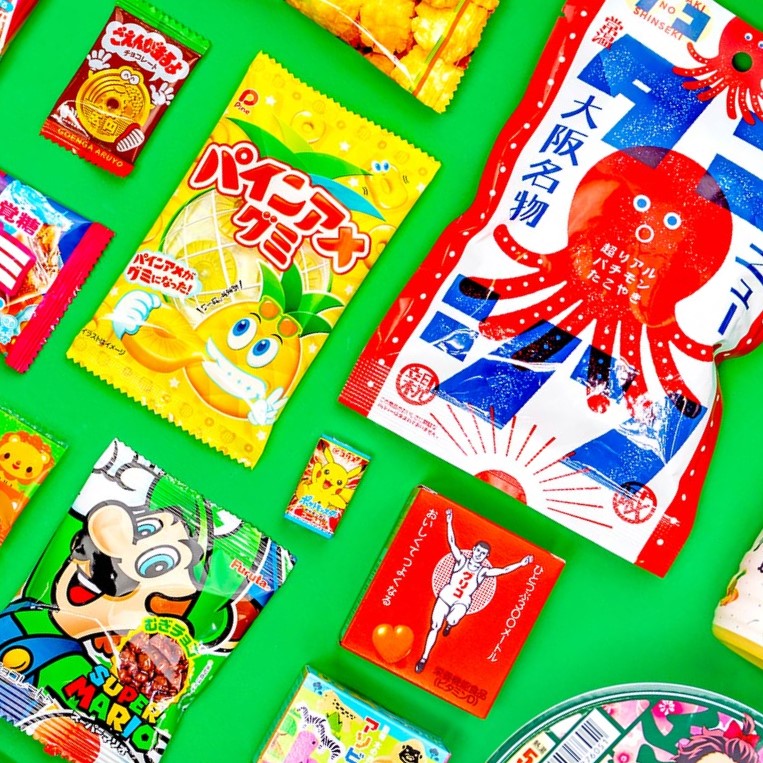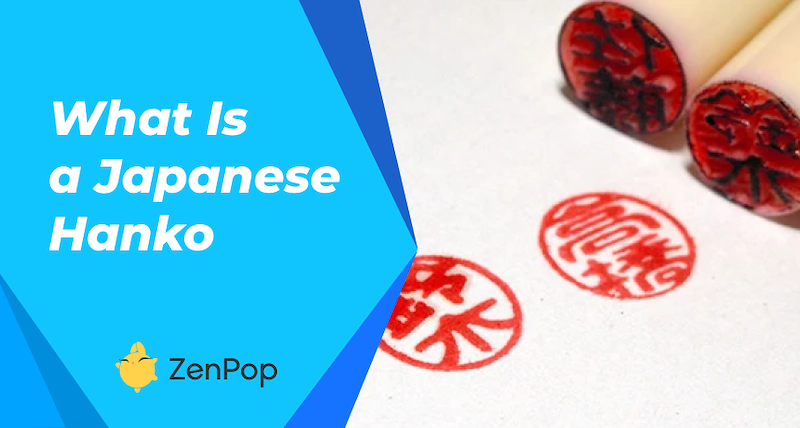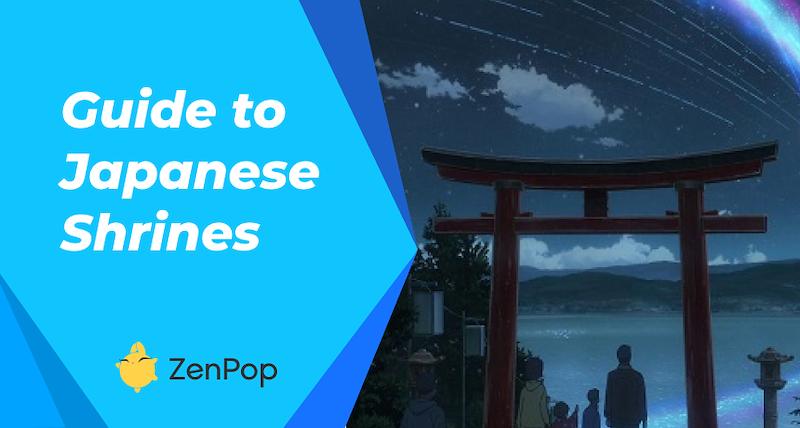
</title><meta name="robots" content="noindex"> A Guide To Japanese Shrines
If you are a little bit obsessed with Japanese culture then you’ll know that one of the most iconic features of their heritage is shrines. We have all seen shrines featured in many anime over the years, especially when the character is praying for a wish and the cool thing is it looks the same in real life.
Japanese shrines are deeply rooted in the country's history because it is also connected to religious and cultural beliefs. If you have been curious about shrines in Japan then you’re in luck because, in this guide, we will explore everything you need to know about them, from their history to their architecture, and everything in between. So when you visit Japan, you’ll be sure of what to do and how to act.
Guide to Shinto Shrines
Shinto Religion
Shinto (神道) is translated to “the way of the God” in english. It is one of the indigenous religions of Japan and is the foundation for the country's shrines. What’s interesting is that while many religions have founders or prophets, Shinto has none. This religion started in the Yayoi period, we’re talking as far back as 300 BCE to 300 CE. It existed in Japan before Buddhism was introduced.
The religion is based on the belief in the Kami, which are spirits or deities that cannot be seen but are believed to inhabit natural objects and phenomena such as rocks, trees, mountains, and rivers. In the Shinto religion, there are around 300 Kami and they each have their function. If you watch Naruto then you already know the names of some Kami. Amaterasu is the sun goddess, Tsukuyomi is the moon god, Susanoo-no-Mikoto is the god of sea and storms and Raijin is the god of lightning. These gods are worshiped in different ways and people do not need to be completely loyal to one god.
What are Shinto Shrines
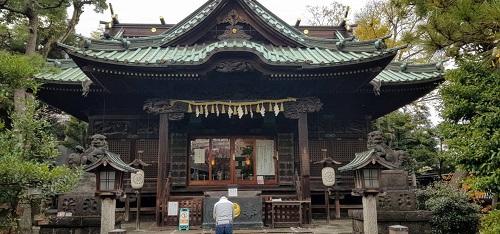
You know how Christians have churches and Muslim mosques? That's what a Shinto shrine is to someone who practices the Shinto religion. Shinto shrines are sometimes called Jinja and are the sacred locations of one or more Kami. There are about 80,000 shrines in Japan. It sounds like a lot but the several Kamis in Japan can have more than 1 shrine.
The first shrines in Japan were built in the 8th century (Nara Period) and they were simple structures made of wood, red paint, and thatched roofs heavily influenced by the structure of Chinese temples. Over time, the shrines evolved, and their architecture became more sophisticated, reflecting the different periods and styles of Japanese history.
To represent the Kami that the shrine is dedicated to, sacred objects are stored in a special chamber of the shrine where most people can’t see them. Sometimes, rocks or waterfalls can represent the Kami hence being the object of worship. In the past, shrines could start as the location of a rock or a mountain to represent the Kami and then the building would follow after.
Nowadays, people visit shrines during festivals like new year or Shichigosan to pay respect to the Kami. Wedding ceremonies can even be held in shrines. Read more details about the Shichigosan and chitose ame.
Structures Found in a Shinto Shrine
Japanese shrines are renowned for their beautiful architecture, which is characterized by their simple elegance and use of natural materials. Here are some key parts of a shrine.
Torii Gate
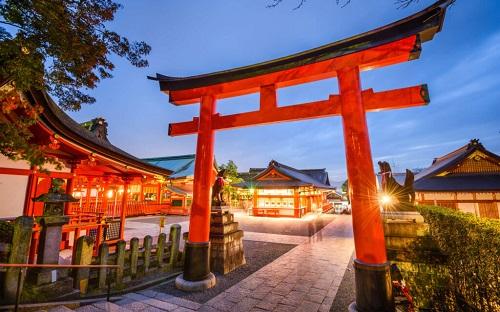
No matter how simple a shrine is, it will always have a torii gate. It is the most important element of a shrine's architecture and marks the sacred entrance to the shrine. It symbolizes the transition from the mundane world to the spiritual world and is often decorated with symbols and inscriptions.
Main Hall and Offering Hall
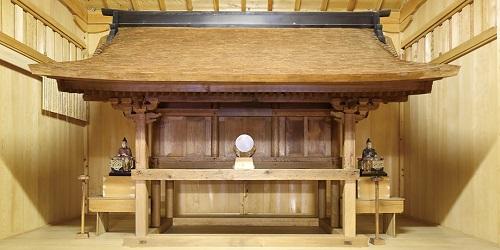
The main building of a shrine is called the honden, which is the sanctuary where the Kami is enshrined. The honden is usually made of wood and it has a sloping roof, which is covered in thatch or tiles. The offering hall - haiden can either be a separate building or combined with the main hall. It is where visitors bring their offerings of food and drink for the Kami.
Omikuji
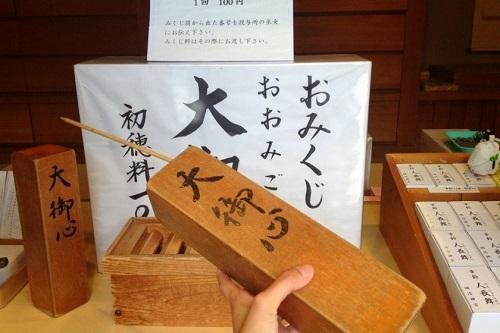
Omikuji are strips of paper with fortunes written on them. Visitors can buy an omikuji at the shrine and, after making a prayer or offering, draw a paper from a box or container to reveal their fortune.
Temizuya or Purification Well
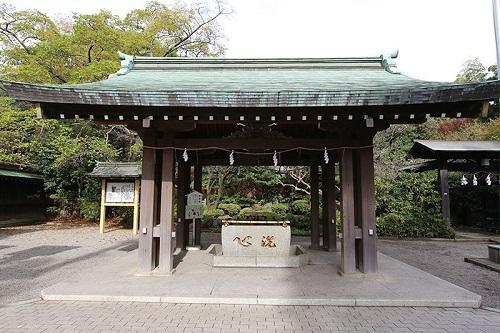
This part of the shrine is found near the entrance. Before entering the main hall, visitors must first purify themselves at a Temizuya. The Temizuya is a stone basin with running water, where visitors wash their hands and rinse their mouths to cleanse themselves of impurities.
Suzu
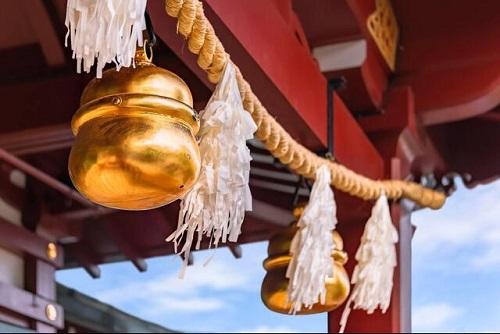
There is usually a large bell hanging above the offering box in a shrine. The ringing of the bell is said to purify the mind and spirit, and it's often done before making a prayer or offering at the shrine.
Saisenbako
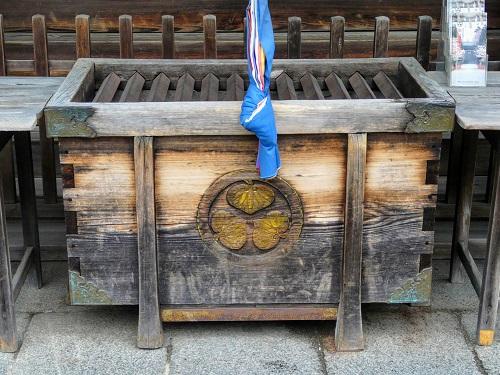
This is a box or container located in front of the Honden where visitors can make offerings to the Kami. The Saisenbako is often decorated with symbols or inscriptions. Visitors can place coins, bills, or other items as a sign of respect and gratitude to the Kami.
Ema (wish plaques)
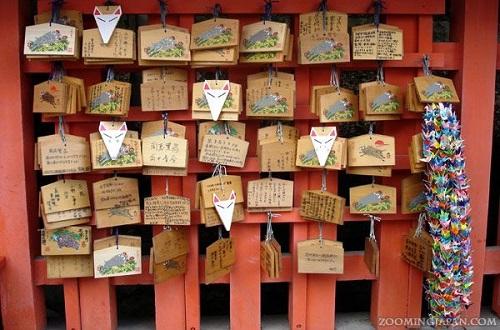
Most people turn to God when they have problems or wishes they want to be fulfilled. Ema is small wooden plaques that visitors can purchase and write their wishes on. The ema are then hung on a rack within the shrine grounds, where they're believed to be received by the Kami and help grant the visitor's wish.
Visiting Japanese Shrines
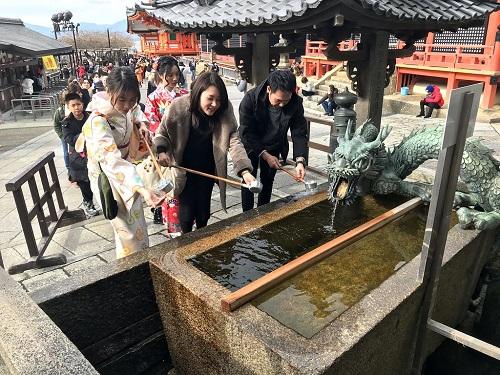
Now it’s time to learn how to properly act when you visit a shrine in Japan. Visiting a Japanese shrine is a unique and memorable experience, and it's important to be respectful of the culture and customs surrounding the shrine. Before entering the shrine, it's customary to purify yourself by washing your hands and mouth at a Temizuya.
When entering the shrine, bow and show respect to the Kami. Throw a coin into the Saisenbako and ring the Suzu. Bow twice, clap your hands twice, say your prayers with your hands together, and finally bow again.
It's also important to follow any rules or guidelines posted at the shrine, such as not taking photographs in certain areas or not entering certain buildings.
Japanese shrines are a unique and important part of the country's cultural heritage. From their humble beginnings as simple structures to their current status as iconic symbols of Japanese culture, shrines have played an important role in the country's history and religious traditions.
Japanese culture is one of the richest in the world. You can now get a taste of Japan delivered to your doorstep ASAP. Click here to order a box of Japanese Snacks to try out at home Today!
This article was originally written by our freelance writer Umm-Kulthum Abdulkareem and edited by us.
